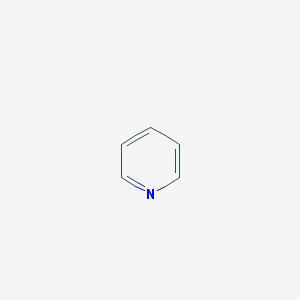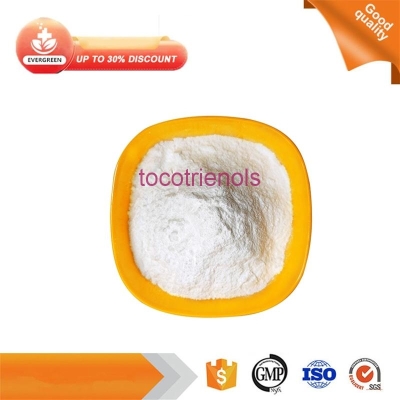FDA approves Alnylam's RNAi drug givlaari (givosiran) for the treatment of acute hepatic rickets
-
Last Update: 2020-06-07
-
Source: Internet
-
Author: User
Search more information of high quality chemicals, good prices and reliable suppliers, visit
www.echemi.com
The u.SFood andDrug(http://Administration (http://has approved another of its RNAi drug, Givlaari (givosiran), which is given through subcutaneous injections to treat adult patients with acute hepatic rickets (AHP), http://
http://
al-announcedAbout Givlaari
Givlaari is the world's second RNAi drug approved by Alnylam in the past 16 months and the world's first global approval of GalNAc conjugate RNA therapy, marking a major milestone in the development of precision gene drugsGivlaari reviewed the FDA's priority review process and was approved less than four months after theNew Drug(http://Application (NDA) was accepted, much earlier than expectedPreviously, the FDA granted Givlaari a breakthrough drug and an orphan drug qualificationOn the EU side, Givlaari is undergoing an accelerated assessment by the EuropeanofMedicines (http://Authority (EMA) and has previously been granted priority drug qualification (PRIME) and orphan drug qualificationAbout THEOF THETHIS APPROVAL IS BASED ON POSITIVE DATA FROM PHASE III CLINICAL STUDY ENVISION, WHICH IS THE LARGEST AHP INTERVENTIONAL STUDY EVER CONDUCTEDENVISION is a randomized, double-blind, placebo-controlled, multi-country study that treated 94 AHP patients in 36 clinical centers in 18 countriesData released in March this year showed that the study reached the main and several secondary endpointsSpecifically, Givlaari reduced the annual occurrence of rickets in AHP patients by 70% (95% CI: 60%, 80%)compared to placeboIn addition, the Givlaari treatment led to similar reductions in the use of intravenous hemoglobin, the neurotoxic hemoglobin intermediate symes of urethane acetaminophenic acid (ALA) and bilirubin (PBG)In terms of safety
givlaari's most common adverse reactions (at least 20% reported in patients) were nausea (27%) and injection site reactions (25%), and other adverse reactions (5% higher incidence than placebos) included rashes, elevated serum creatininine, elevated transaminase, and fatigue
This article is an English version of an article which is originally in the Chinese language on echemi.com and is provided for information purposes only.
This website makes no representation or warranty of any kind, either expressed or implied, as to the accuracy, completeness ownership or reliability of
the article or any translations thereof. If you have any concerns or complaints relating to the article, please send an email, providing a detailed
description of the concern or complaint, to
service@echemi.com. A staff member will contact you within 5 working days. Once verified, infringing content
will be removed immediately.







